TAVR – Treating severe aortic valve stenosis without surgery

A 70-year-old grandfather is no longer able to take his little granddaughter on a daily walk in the park without feeling lightheaded. He notices chest pain, palpitations, shortness of breath, fatigue, and is not even able to perform his routine tasks without support. Worried about his deteriorating health, the family makes an urgent appointment with a cardiologist. The cardiologist performs a routine check with his stethoscope and hears an unusual murmur (more like a ruptured drum). He recommends tests such as ECG, Ultra-sound echo, and a six-minute walk and arrives at a diagnosis that grand-father is having a severely diseased aortic valve. To confirm further, he orders CT angiogram of the heart and a few blood tests. The prognosis for grand-father in this case of the severely stenosed aortic valve ranges from heart failure, stroke, heart rhythm problems ultimately to death.
At a Glance:
What is aortic valve stenosis?
What are the symptoms of aortic valve stenosis?
What are the causes of aortic valve stenosis?
What are the risk factors & complications of aortic valve stenosis?
How to prevent or reduce the worsening of aortic valve stenosis?
How is aortic valve stenosis diagnosed?
What are the treatments for aortic valve stenosis?
How is TAVR better than open heart surgery for the elderly?
What is aortic valve stenosis?
The narrowing (stenosis) of the aortic valve that prevents the valve from fully opening is called aortic valve stenosis. It is a type of heart valve disease wherein the incomplete opening of the aortic valve reduces or blocks the flow of blood from the heart into the main artery (aorta) for blood circulation throughout the body. This increases the load on the heart muscle to compensate for poor blood flow due to the malfunctioning aortic valve. Based on the severity of aortic valve stenosis, your cardiologist may suggest a corrective surgery or valve replacement procedures such as TAVI/R. More on the treatment options are detailed in the article below.

What are the symptoms of aortic valve stenosis?
The individual with aortic valve stenosis may not always experience symptoms. But people may experience symptoms as detailed below:
- Pain or pressure in the chest
- Fainting episodes or light-headedness
- Fatigue & inability to exercise,
- Heart murmur
- Enlarged heart
- Shortness of breath
What are the causes of aortic valve stenosis?
In aortic valve stenosis, the valve between left ventricle (lower heart chamber) and aorta is narrowed (stenosis). The most commonly noticed causes include congenital heart defect (by birth), calcium buildup on the valve, and rheumatic fever. A person is at a greater risk due to old age, poor cholesterol levels, high BP, diabetes and/or heart infections.
What are the risk factors & complications of aortic valve stenosis?
Some of the major risk factors for heart valve disease are the age of the person, unhealthy blood cholesterol levels, high blood pressure, smoking, insulin resistance, intravenous drug use, diabetes, overweight or obesity, lack of physical activity, and a family history of early heart disease. Do not ignore infections such as rheumatic fever, endocarditis, infected gums so as to prevent or reduce worsening of any type of heart valve disease.
On a long run, aortic valve stenosis may cause heart failure, stroke, blood clots, bleeding, erratic heart rhythm (arrhythmias), infections in the heart and death.
How to prevent or reduce the worsening of aortic valve stenosis?
Aortic valve stenosis can be prevented with the following steps:
- Address all lifestyle factors that increase the risk of heart disease – body weight, blood pressure & blood cholesterol.
- Take care of your teeth and gum.
- Take preventive measures against infections that can spread to the heart and cause rheumatic fever or endocarditis.
How is aortic valve stenosis diagnosed?
The disease is diagnosed by an experienced cardiologist guided by the results of Echocardiogram (‘Echo’), CT angiogram and exercise/stress tests.
Echocardiography is the main test for diagnosing heart valve disease. Usually, the EKG (electrocardiogram) or chest X-ray is used to study possible signs of the heart valve condition. If the doctor suspects the occurrence of heart valve disease, echocardiography is done to confirm the same.
Other tests advised by the doctor include cardiac catheterization, TransEsophageal Echocardiogram (TEE), stress testing, or cardiac MRI (magnetic resonance imaging). These additional tests and procedures help the cardiologist to better assess the severity of the condition and plan the right course of treatment.
What are the treatments for aortic valve stenosis?
Once a diseased heart valve is detected, it needs immediate treatment. Generally, medications can be prescribed to increase the heart’s ability to pump blood which may help compensate for a valve that isn’t working correctly. However, valve defects cause mechanical problems that cannot be fixed with medications. Instead, valve repair or replacement is often necessary. Valve replacement is mostly done through heart surgery wherein a new tissue/mechanical prosthetic valve is surgically sutured in place of the diseased valve.
What is Transcatheter Aortic Valve Implantation or Replacement – TAVI or TAVR?
Transcatheter Aortic Valve Implantation or Replacement (TAVI or TAVR) is a less invasive, catheter-based procedure to replace the failing aortic valve. A transcatheter heart valve is a biological tissue valve made of human, pig or cow heart tissue. It comes in multiple sizes from which the heart team at Yashoda Hospitals determine the best fit for the patient. During the procedure, the cardiologist guides a catheter through the vessel in the leg or chest towards the heart. The replacement valve is inserted along and implanted in place of the failing valve. Cardiologists then remove the catheter and move the patient to recovery.
How is TAVR better than open heart surgery for the elderly?
Open heart surgery is an invasive procedure and is known to have long recovery time and may be challenging for elderly patients. Besides, patients may have additional co-morbidities which increase the risk of death due to the surgical procedure. Transcatheter Aortic Valve Replacement (TAVR) technique is a novel treatment opportunity for individuals, especially elderly who require a valve replacement but are inoperable or at an intermediate-to-high risk for surgical valve replacement procedure.
In many cases of aortic valve stenosis diagnosed in the elderly, the individual is not operable due to a high risk for complications. The operative risk is assessed using scoring systems – EURO and STS. TAVR is one such procedure which is advised for the patients who cannot undergo the conventional valve replacement surgery.
TAVR is a minimally invasive, catheter-based technique during which the surgeon replaces the patient’s diseased native valve, delivered via a catheter-mounted prosthetic valve which is commonly inserted through the femoral artery (a large artery in the groin) thus eliminating surgical trauma. This novel, interventional procedure is undertaken in the Cardiac Catheterization Lab (Cath-lab) where coronary angioplasty is regularly performed. Since these procedures are performed through small openings, the recovery is quicker than that from open heart surgery.
How is the recovery after TAVR (What to expect)?
Once the procedure is complete, the patient is moved to recovery under prescription & specific instructions. On average, the patient may be hospitalized for 2-4 days with a hope to see visible health improvements within 30 days. The individual is instructed about the use of blood-thinning medicines, diet & exercise. Regular follow-ups with the doctors to address any unusual problems (if any) helps in faster & uneventful recovery.

Image credits: edwards.com
What are the factors that affect the cost of TAVR?
The cost of TAVR depends on many factors, namely:
- Cost of the artificial aortic valve
- Cost of the approach chosen for catheterization
- Consumables & equipment required during the procedure
- Expertise of the cardiothoracic surgeon and team
- The underlying medical condition of the patient, which can affect the hospital stay, additional tests and medicine requirement
- Room category as per hospital’s billing policy
To know more about heart surgery, you can request for a callback and our heart surgery specialist will call you and answer all your queries.
References:
- Mayo Clinic. Aortic Valve Stenosis. Available at: https://www.mayoclinic.org/diseases-conditions/aortic-stenosis/diagnosis-treatment/drc-20353145. Accessed on 15th January 2019.
- TAVI INDIA. Transcatheter Aortic Valve Implantation. Available at: https://www.taviindia.com/benefits-of-tavi. Accessed on 15th January 2019.
About Author –
Dr. Pankaj Vinod Jariwala, Consultant Interventional Cardiologist, Yashoda Hospitals – Hyderabad
MD, DNB, DNB, MNAMS, FICPS, FACC.
Fellowship in Interventional Cardiology [ICPS, Paris, France]He has performed 5000+ percutaneous trans-luminal coronary Angioplasty & 10,000+ Coronary Angiograms and treated 500+ structural heart diseases (including congenital) with Percutaneous Balloon Mitral Valvuloplasty [PBMV] and other pediatric & adult cardiac interventions.




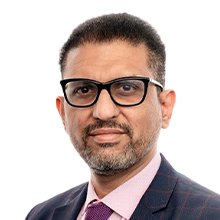
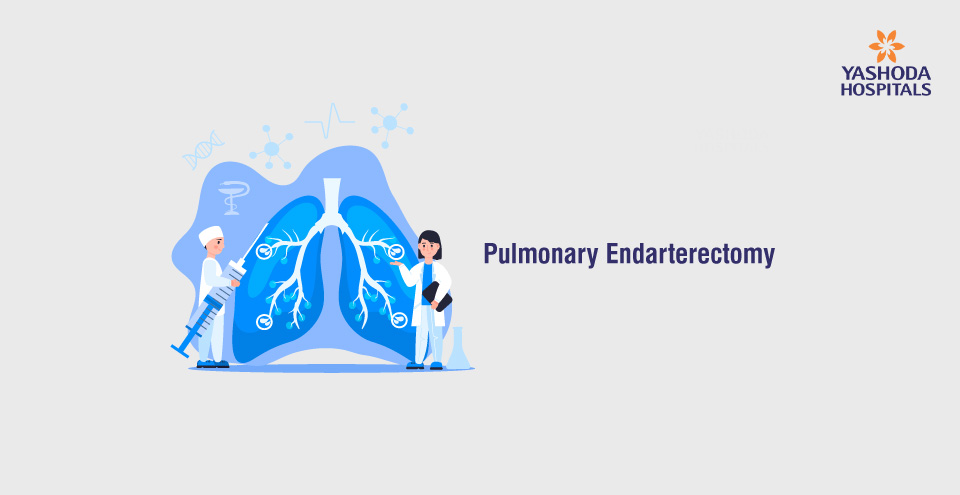

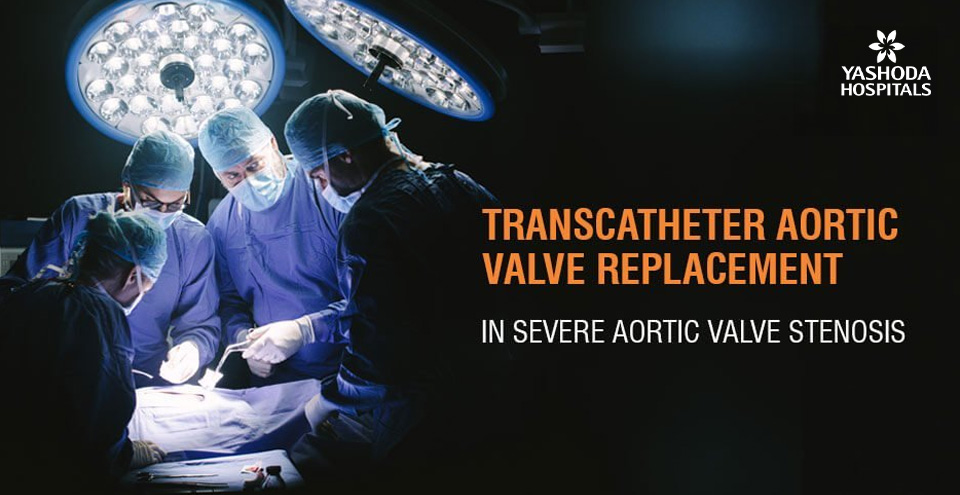
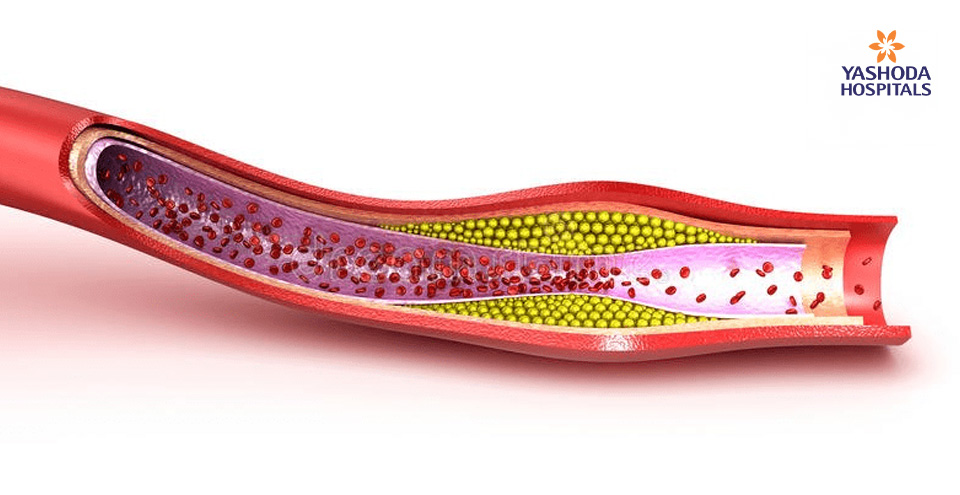

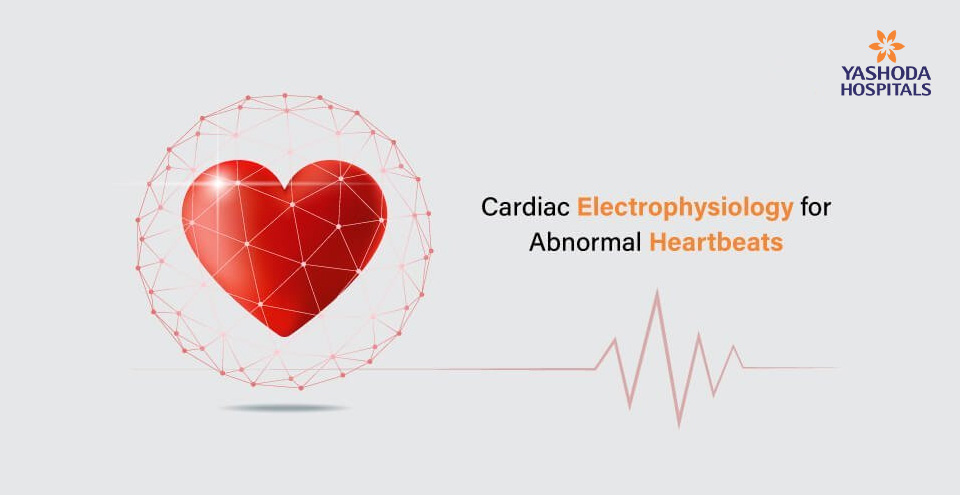
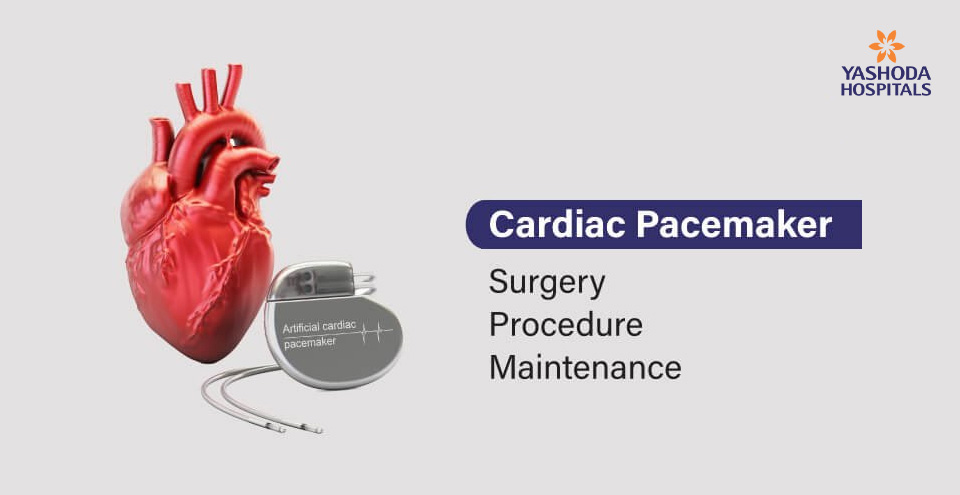
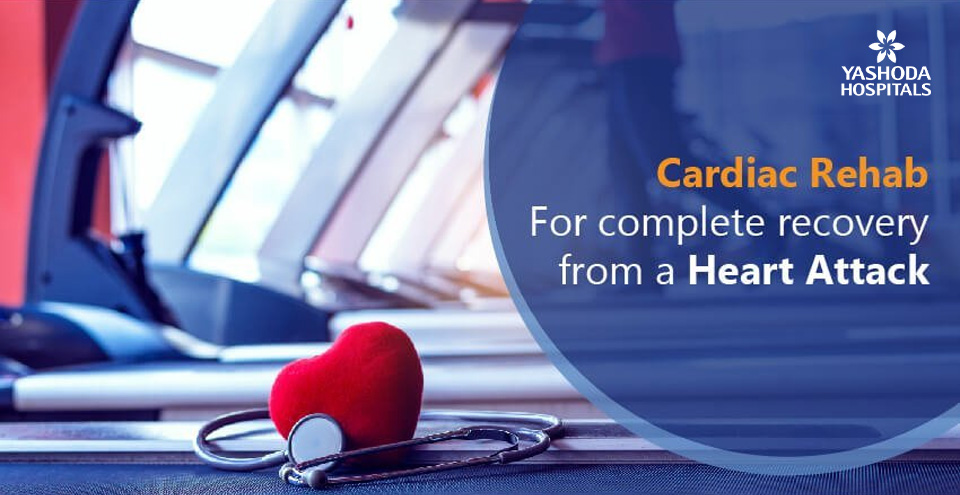
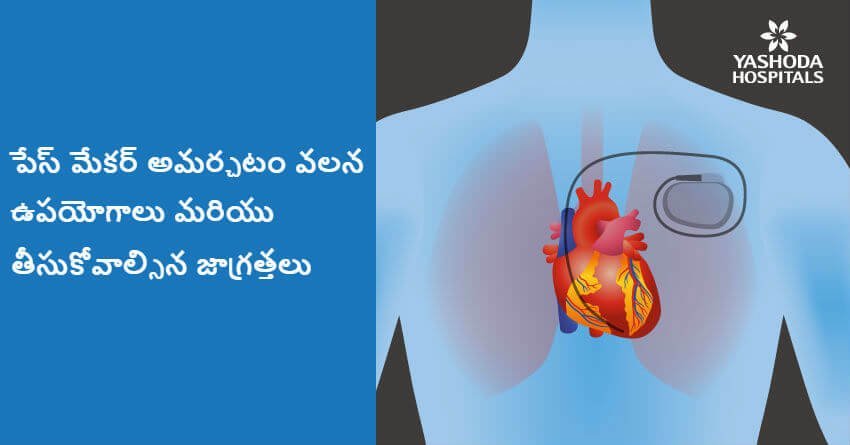

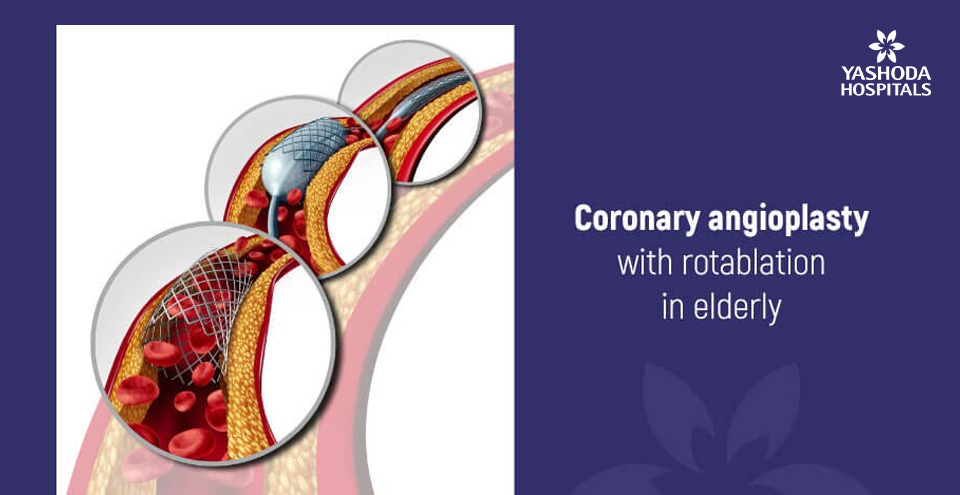
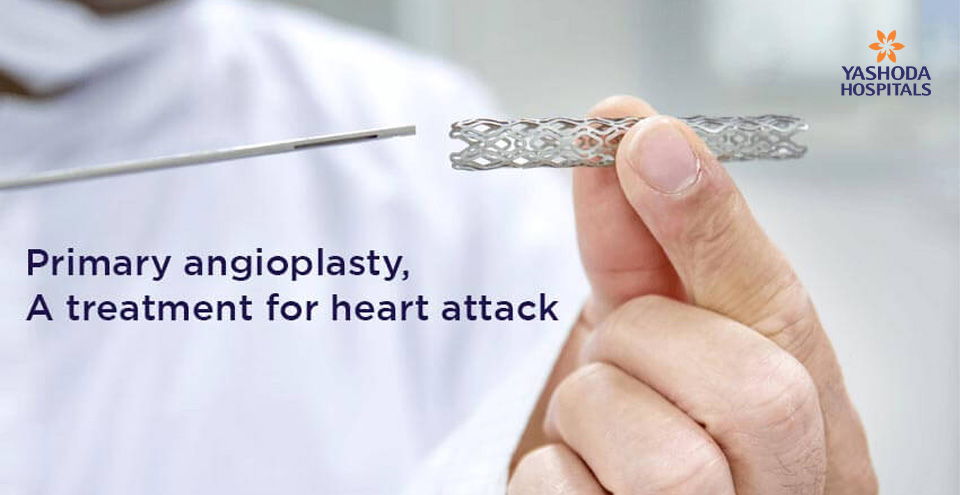





 Appointment
Appointment WhatsApp
WhatsApp Call
Call More
More